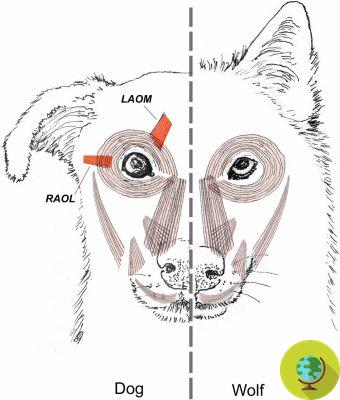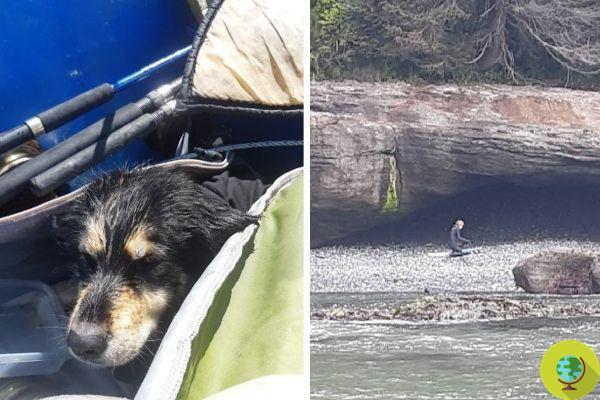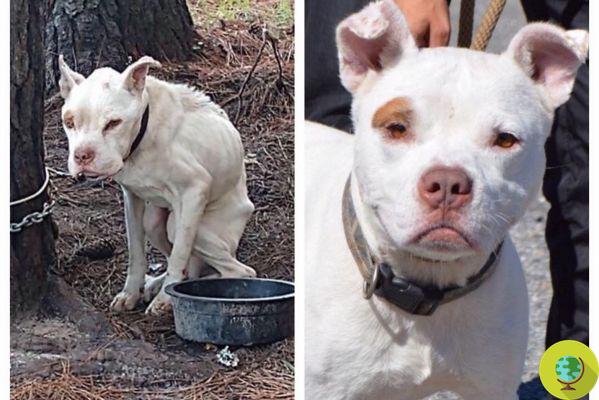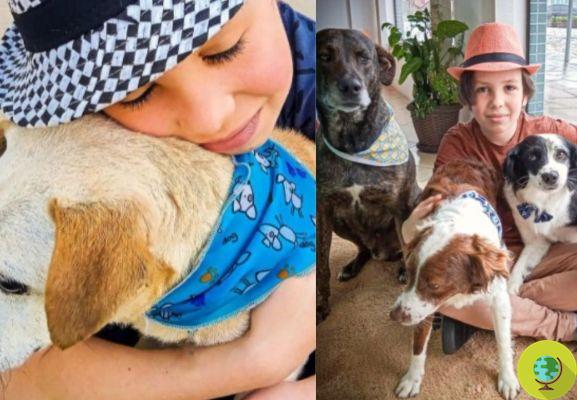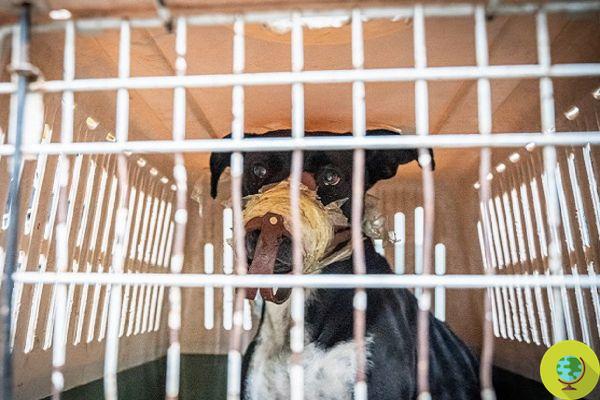
Balto is a dog that became famous in the 20s for finishing a relay race that allowed the inhabitants of Nome, Alaska, to save themselves from diphtheria.
He is about to end up run over, his mother saves himThe dog Balto of the well-known cartoon it really existed and it truly saved an entire village from an epidemic.
Balto's story, which inspired the animated film directed by Simon Wells and produced by Steven Spielberg in 1995, it is certainly less fictional, but the feat accomplished by this dog / wolf was nevertheless heroic and courageous.
In the winter of 1925 in Nome, Alaska, one actually broke out violent epidemic of diphtheria which killed several children and required a million units of antitoxin to save the inhabitants of the city from certain death.
The closest supply of whey, equal to three hundred thousand units, was in Anchorage, over 1.700 from Nome and could only be transported along the railway as far as Nenana, just under a thousand kilometers from the destination.
Because of the bad weather however, there was no way to get the nine kilos of whey to travel from Nenana to Nome, since the ships could not dock due to the presence of icebergs and air transport was inhibited.
It was then decided to resort to sled dogs, always used to transport mail, and got organized a relay with twenty packs of dogs.
The relay saw the dogs travel with an average temperature of 40 ° c below zero, alternating along the 674 miles that divided Nenana from Nome: the animals managed to get the serum in just over 5 days, compared to the 25 days normally used by couriers.
The first dog started from Nenana with Edgar Bill Shannon and traveled the first 52 miles to Tolovana and the relay ended thanks to Balto who arrived in Nome on February 2, 1925 after traveling 52 miles with Gunnar Kaasen.
As Balto, owned by Leonard Seppala, was the dog that completed the race carrying l'antitossina to Nome, became famous: a short film was dedicated to him, Balto's race to Nome, in 1925, a statue in New York's Central Park sculpted by Frederick George in 1927 and the 1995 animated film entitled Balto.
It was though the dog Togo, led by Leonard Seppala, the same owner of Balto, to travel the longest route equal to ben 91 miles.
After the run, Balto and his pack, which also included Togo, were sadly bought to perform in a circus show.
The animals came then rescued by a Cleveland merchant named George Kimble, who after noticing the poor condition of Balto and his pack, organized a fundraiser to buy the dogs.
Balto died in 1933 at the age of 14, while Togo died at 16. The stuffed bodies of the two dogs are found at the Natural History Museum in Cleveland and the Natural History Museum in Wasilla, Alaska, respectively.
It is not a dog, it is not a wolf. He only knows what he is not. Balto's story, obviously much less fictional, is true and in the ...
Posted by The photographs that made history on Tuesday, November 19, 2019
Read also:
- The painful story of the real Dumbo, which you should know before seeing the movie
- The lifeguard dogs who saved the lives of 7 drowning people
- The extraordinary story of the dogs who are reviving the forest ravaged by fires
- Dogs for Diabetics: Their extraordinary sense of smell can save our lives










